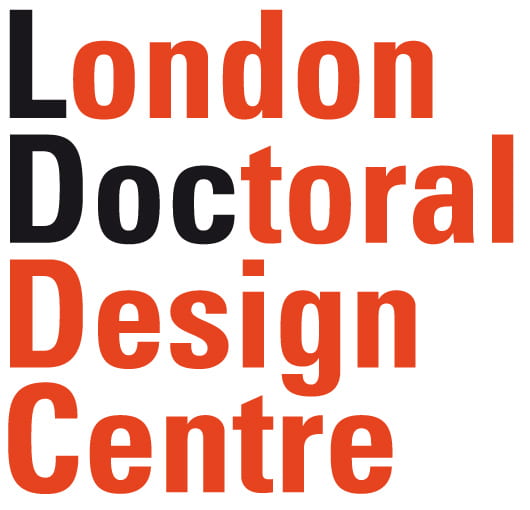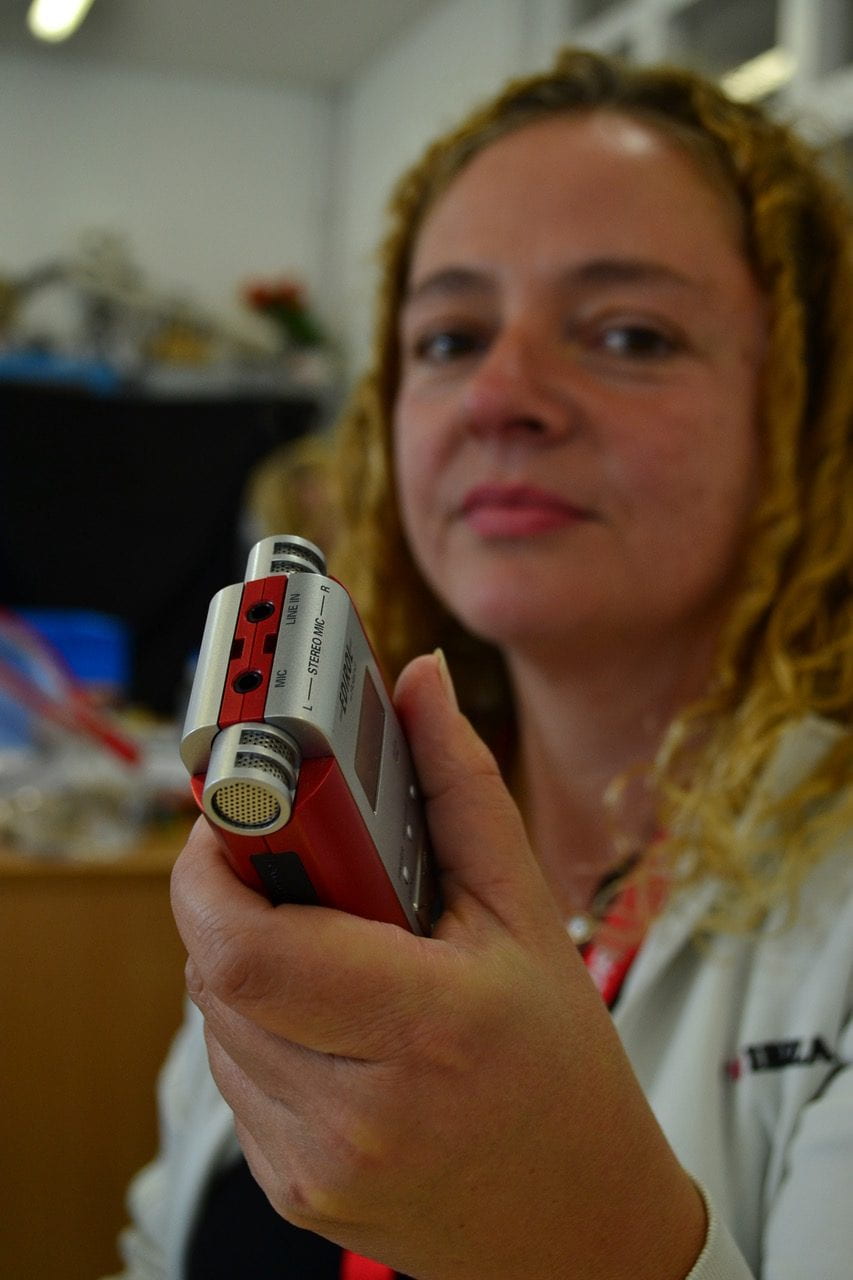Digital storytelling is a practice I have been facilitating for seven years with prisoners through my charity STRETCH.
Encouraging people to tell their story, to re-biographise their lives creatively using the arts and making as starting points, gives people confidence and a voice.
I always knew that it helped the prisoners somehow. I could see the change, as the effect the process had on participants and audiences is tangible.
I was ‘learning by doing’, as projects evolved and developed, practice-led in their design.
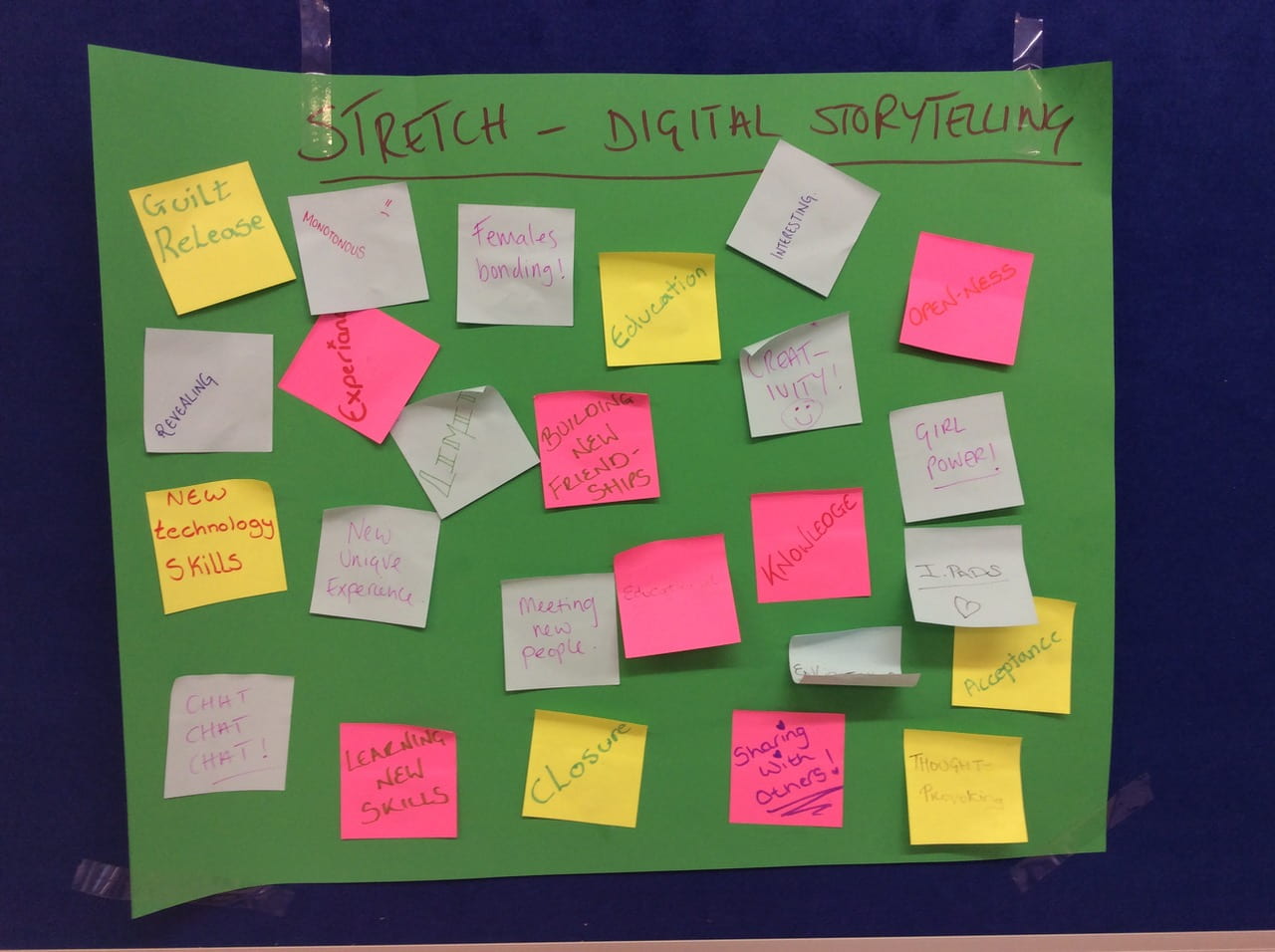
This last year has seen me unpack the process.
Firstly, in honing my research question, I had to look at different fields of enquiry, theories and methodologies.
Looking at the process through the lens of narratology and the grounded theory used in narrative criminology and placing the work in the scope of social science research has encouraged me to explore qualitative research methods, coding and thematic techniques that cast fresh light on the stories.
Secondly, I am seeing where the tools and techniques of story-making sit in the design-thinking framework.
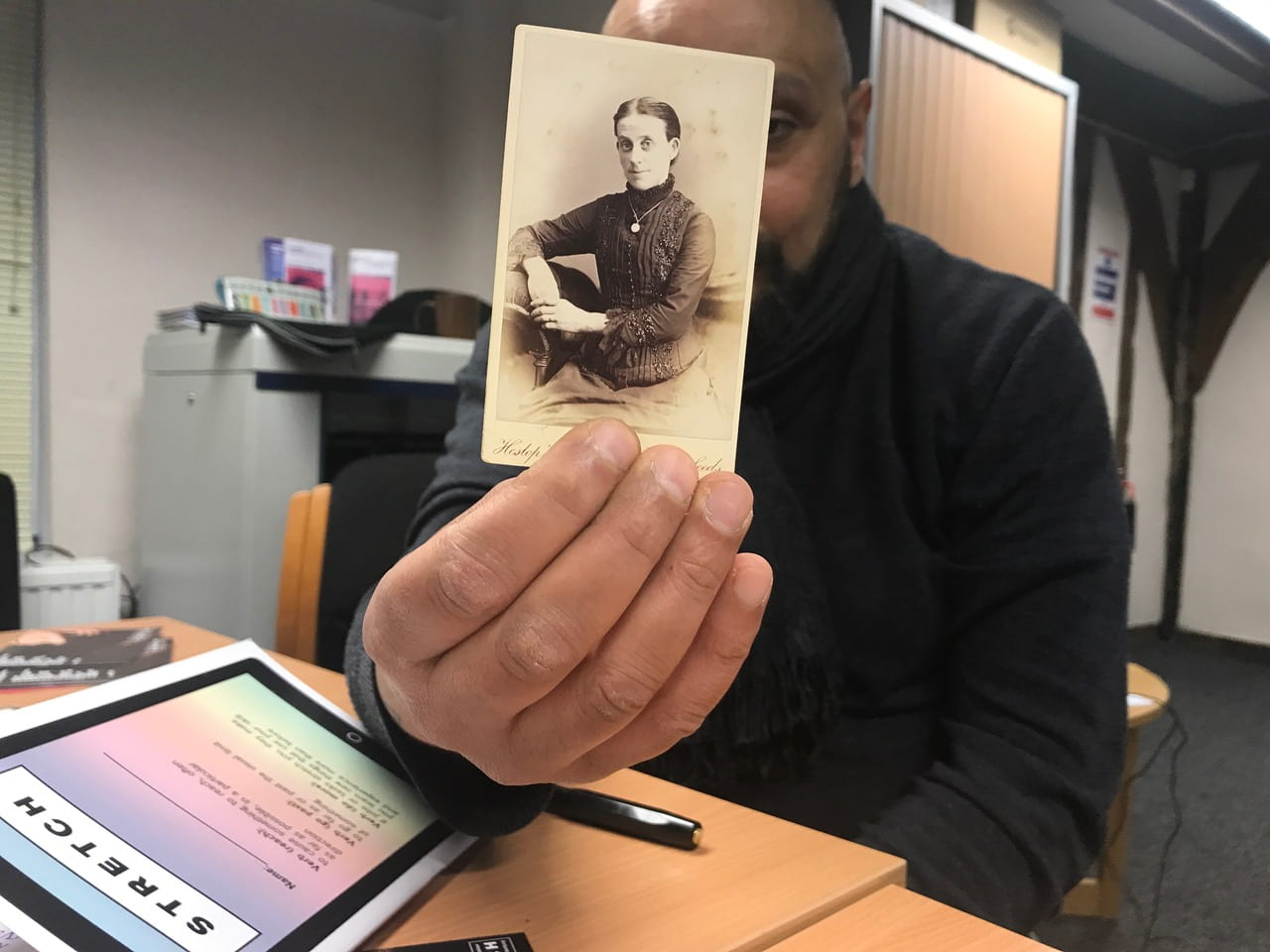
I look forward to prototyping and experimenting with creative environments and tools to produce stories in the coming years.
Problematising and interrogating the current ‘theory of change’ that Stretch has will be really useful for my research but also for the practice of my charity.
It is enlightening to see how my work fits into social design practice and the opportunities that creates.
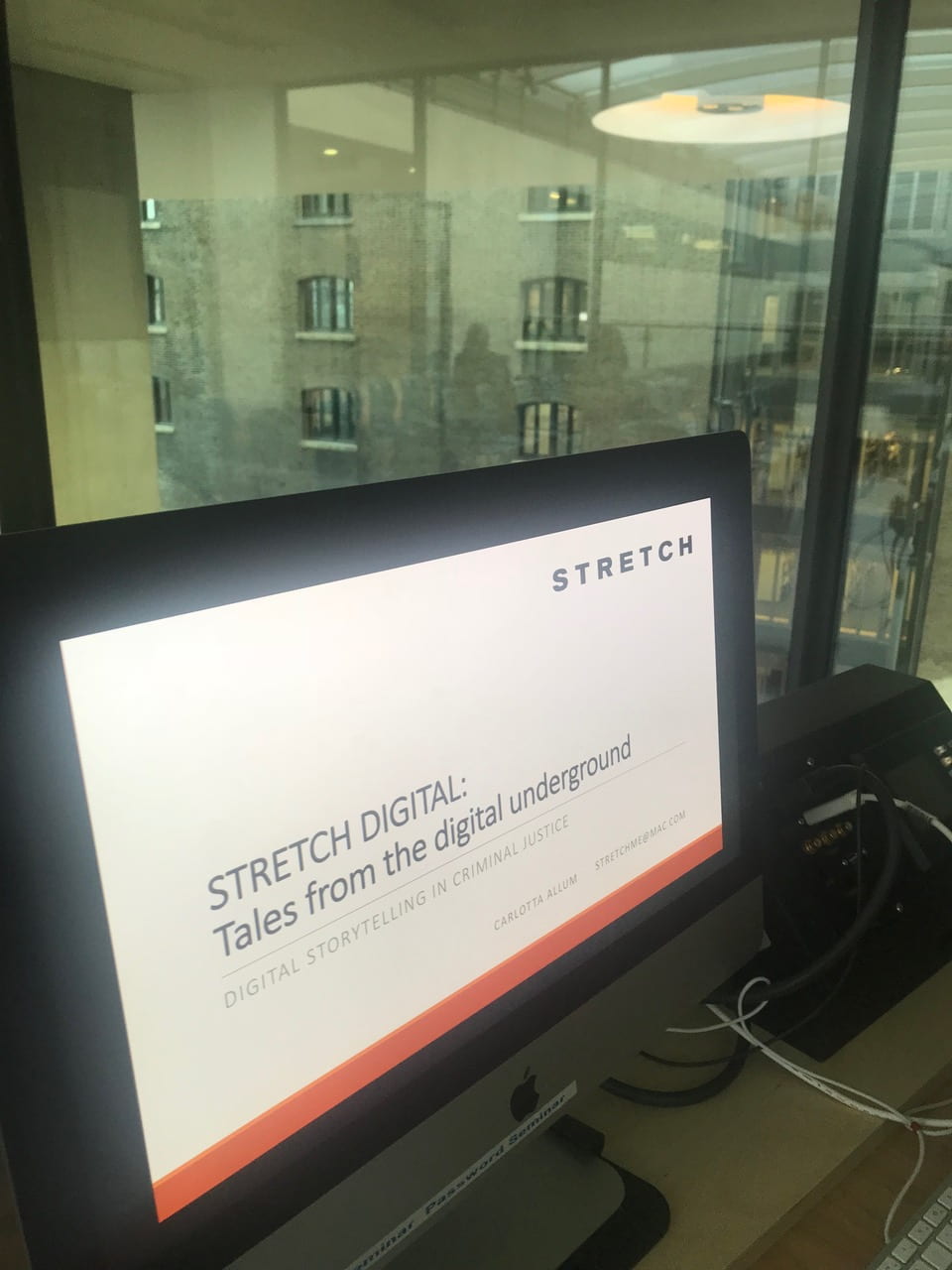
Finally, with the opportunities created to tell and re-tell my story and describe my practice to students, fellow researchers and partners, I have realised how integral to my own development the process is – I am re-biographising my own life in the design of this research.
This has an impact in the way I present myself in conferences and to students. I am excited for the future.
